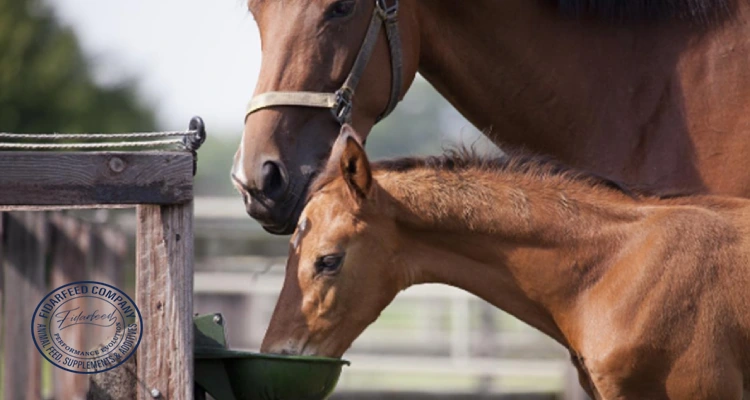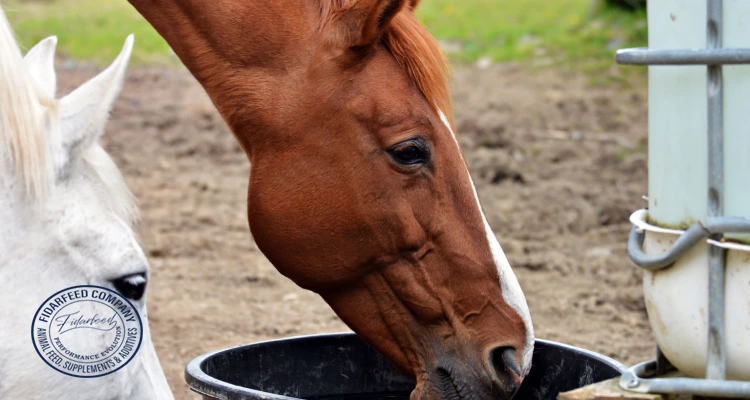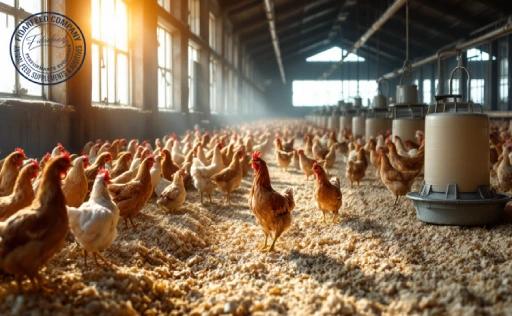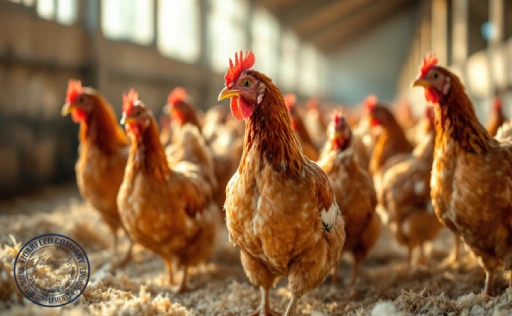
Healthy Horse Feeding is more than just tossing hay into a stall. It’s an art backed by science, experience, and genuine care for the animal. Whether you’re a seasoned breeder or just beginning your journey with horses, feeding plays a pivotal role in how your horse grows, performs, and feels. In this comprehensive guide, we’ll dive into the essentials of a balanced diet, explore feeding routines, and help you avoid common pitfalls. Ready to feed smarter? Let’s begin.
Why Healthy Horse Feeding Is the Key to Long-Term Equine Health
Just like in humans, proper nutrition in horses fuels every cell, muscle, and organ. A well-fed horse is more resilient to disease, recovers faster from work, maintains a healthy weight, and shows better mental stability.
Learn more about: Probiotic Supplement for Horses and foals
Scientific studies show that nutrition affects everything from fertility to hoof quality. Good feeding is not a luxury; it’s a necessity for long-term health.
Know Your Horse: Tailoring Diets Based on Age, Breed, and Activity
Every horse is different. A retired senior doesn’t need the same energy load as a young stallion in training. Foals require nutrients for growth, while draft breeds need higher fiber diets. Pregnant mares, athletic sport horses, and pasture ponies all demand custom feeding strategies.
Learn more about: The Ultimate Guide: How to Treat Gingivitis in Horses and Prevent Recurrence
Observe your horse’s life stage, breed traits, and workload when designing its diet. A personalized plan prevents underfeeding and overfeeding, both of which can have serious health consequences.

The Core Components of a Balanced Horse Diet
At the heart of healthy horse feeding are five pillars:
- Forage (hay and grass): the most vital source of fiber.
- Clean water: at least 20–40 liters per day, depending on climate and workload.
- Protein: for muscle development, found in legumes and certain grains.
Learn more about: Best Feed for Young Horses: Nutrition Tips for Healthy Growth and Development
- Vitamins and minerals: like calcium, phosphorus, selenium, and vitamin E, crucial for bone and immune health.
- Energy sources: carbs and fats to meet specific activity demands. Balancing these elements creates a foundation for success.
Forage First: Why Roughage Must Be the Foundation of Every Meal
Hay and pasture should make up the bulk of a horse’s diet—around 1.5–2% of its body weight daily. Forage promotes chewing, which produces saliva, aiding digestion and reducing the risk of ulcers. A diet too low in fiber often leads to behavioral problems and digestive issues. Always choose clean, dust-free, mold-free hay and provide grazing time if possible.

When to Add Grains and Concentrates to the Feeding Plan
Grains and commercial concentrates provide extra energy—but they’re not for every horse. Performance horses, lactating mares, and growing foals might benefit from these, but excessive or unnecessary use can cause colic or laminitis.
Learn more about: Essential Tips to Prevent skin diseases in horses
Introduce gradually, monitor the body condition score (BCS), and adjust based on actual energy needs. Always pair grain feeding with adequate fiber intake.
Smart Supplementation for Specific Needs
Not every horse needs supplements. But in some cases—like poor-quality forage, intense training, or metabolic conditions—targeted supplementation can be life-changing.
Learn more about: Holsteiner Horses: Strength and Stamina for Heavy Work
Probiotics improve gut flora, biotin supports hoof strength, and joint supplements benefit older or hard-working horses. The key is to supplement with purpose, not impulse. Consult with a nutritionist or vet before adding products to the diet.

Feeding Mistakes to Avoid on the Farm
Some mistakes are more common than you think:
- Sudden feed changes: disrupt digestion and can cause colic.
- Poor water availability: reduces feed intake and increases impaction risk.
Learn more about: The Hidden Stress in Horses: How Human Actions Affect Welfare
- Ignoring moldy hay: introduces harmful mycotoxins.
- Skipping feed analysis: leads to imbalances you can’t see. Avoiding these mistakes saves money, improves health, and reduces veterinary emergencies.
Seasonal Shifts in Feeding: Adapting to Weather and Pasture Availability
In summer, fresh pasture may meet most nutritional needs, but beware of sugar-rich grasses that can trigger laminitis. Winter calls for hay-based diets, with added calories to maintain body heat. Transition between feed types gradually, and always monitor changes in weight or behavior during seasonal shifts.

Signs of Success: Evaluating Your Horse Feeding Program
A healthy horse tells you with its body. Shiny coat, calm behavior, strong hooves, steady energy, and good manure are signs of success. Regularly assess your horse’s BCS (ideally between 4 and 6 on the 9-point scale), hydration status, and appetite.
Learn more about: Choosing the Right Horse Breed for Breeding: A Comprehensive Guide
Trust your eyes, ears, and hands—and take action when changes arise.
Creating a Consistent and Safe Horse Feeding Routine
Horses thrive on routine. Feed at the same times daily, in a quiet, clean area. Use feeders that reduce waste and allow natural head-down posture. Clean troughs regularly and monitor feed intake closely. Consistency not only supports digestion but also reduces anxiety and behavioral issues.

Final Thoughts: The Path to Happy, Healthy Horses Through Smart Feeding
Feeding is one of the most powerful tools a horse breeder or owner has. It shapes physical health, mental well-being, and performance outcomes. By embracing the principles of healthy horse feeding—balanced diets, thoughtful routines, and personalized care—you invest in a longer, more vibrant life for your animals. Have questions or ideas from your own feeding program? Share them below—we’d love to hear your thoughts and continue learning together.



